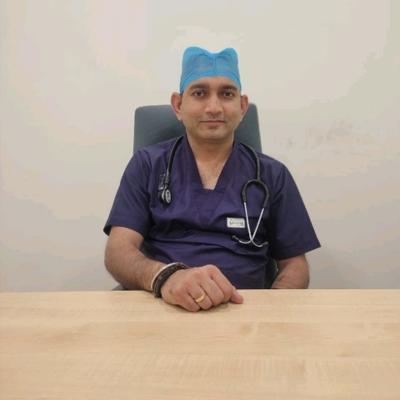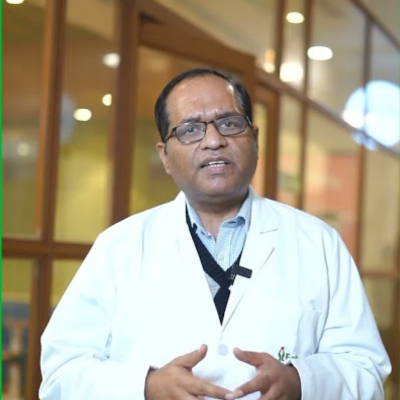Why South Sudan Chooses India for Medical Treatment?
 16 July,2024
Read More
16 July,2024
Read More
Enquire now in case of any assistance needed
Enhanced External Counterpulsation (EECP) Treatment Cost in Greater Noida is between USD 1082 - USD 1684
Hospital Days:
Procedure Duration:
In the realm of cardiovascular medicine, Enhanced External Counterpulsation (EECP) stands as a remarkable advancement, offering hope to patients with coronary artery disease (CAD) and related cardiac conditions. This non-invasive therapy has gained recognition for its ability to enhance blood flow, improve exercise tolerance, and alleviate symptoms in individuals who may not be candidates for more conventional interventions. Let’s learn more about the principles, procedures, benefits, and potential future advancements of EECP.
Coronary artery disease is a prevalent and potentially life-threatening condition characterized by the narrowing of the coronary arteries, which supply oxygen and nutrients to the heart muscle. This reduction in blood flow can lead to chest pain (angina), shortness of breath, and in severe cases, heart attacks. Traditional treatments may include medications, lifestyle changes, angioplasty, or coronary artery bypass surgery.
EECP operates on the principle of counterpulsation, a concept that dates back to the early 1950s. It involves the application of external pressure to the lower extremities during specific phases of the cardiac cycle. This pressure is synchronized with the heartbeat, effectively enhancing blood flow to the heart muscle.
It's important to note that the suitability of EECP for any individual patient should be determined by a healthcare provider with expertise in cardiovascular medicine. A thorough evaluation of the patient's medical history, current condition, and specific cardiac issues is crucial in making this determination.
During an EECP session, the patient lies on a specially designed bed, and a set of cuffs is applied to the calves, thighs, and buttocks. These cuffs are connected to a control unit, which regulates the inflation and deflation of the cuffs. As the heart beats, the cuffs inflate sequentially, starting from the calves and moving upward. This inflation creates a wave of pressure that propels blood from the legs back toward the heart, improving coronary perfusion.
As technology and medical understanding continue to advance, so too does the potential for further refinement and expansion of EECP. Ongoing research endeavors aim to explore the applicability of EECP in various patient populations, including those with heart failure, peripheral artery disease, and even neurological conditions.
Additionally, innovations in cuff design, pressure modulation, and treatment protocols are being explored to enhance the effectiveness and efficiency of EECP therapy. Collaborations between engineers, cardiologists, and researchers are driving the evolution of this groundbreaking treatment.
Enhanced External Counterpulsation (EECP) represents a beacon of hope for individuals grappling with coronary artery disease and related cardiac conditions. Its non-invasive nature, coupled with its demonstrated benefits, has positioned it as a valuable tool in the armamentarium of cardiovascular therapies. With ongoing research and technological advancements, the future of EECP holds promise for even greater efficacy and accessibility, reaffirming its status as a pioneering force in modern cardiovascular medicine.

Senior Consultant
Interventional Cardiologists
Fortis Hospital, Greater Noida
View Doctor Profile Book an Appointment
Associate Consultant
Cardiologists
Fortis Hospital, Greater Noida
View Doctor Profile Book an Appointment
Associate Consultant
Cardiologists
Fortis Hospital, Greater Noida
View Doctor Profile Book an Appointment
Additional Director
Interventional Cardiologists
Fortis Hospital, Greater Noida
View Doctor Profile Book an AppointmentThe Art of Effective Communication
 16 July,2024
Read More
16 July,2024
Read More
 15 July,2024
Read More
15 July,2024
Read More
 09 July,2024
Read More
09 July,2024
Read More
 08 July,2024
Read More
08 July,2024
Read More
 03 July,2024
Read More
03 July,2024
Read More
 28 June,2024
Read More
28 June,2024
Read More
 27 June,2024
Read More
27 June,2024
Read More
 25 June,2024
Read More
25 June,2024
Read More
 20 June,2024
Read More
20 June,2024
Read More
 13 June,2024
Read More
13 June,2024
Read More